K STRANGE VERTICAL GRAVE
Located next to the river in Cai Be Town (Cai Be District, Tien Giang ), a tomb is designed in the form of a tower about 4 m high on a large plot of land, surrounded by a very strange human-shaped fence. Near the top of the tower is a statue of an angel with hands clasped in prayer and in front of the tomb is a relief bust of a man in military uniform, with a bald head. That is the standing tomb of Tran Ba Loc.
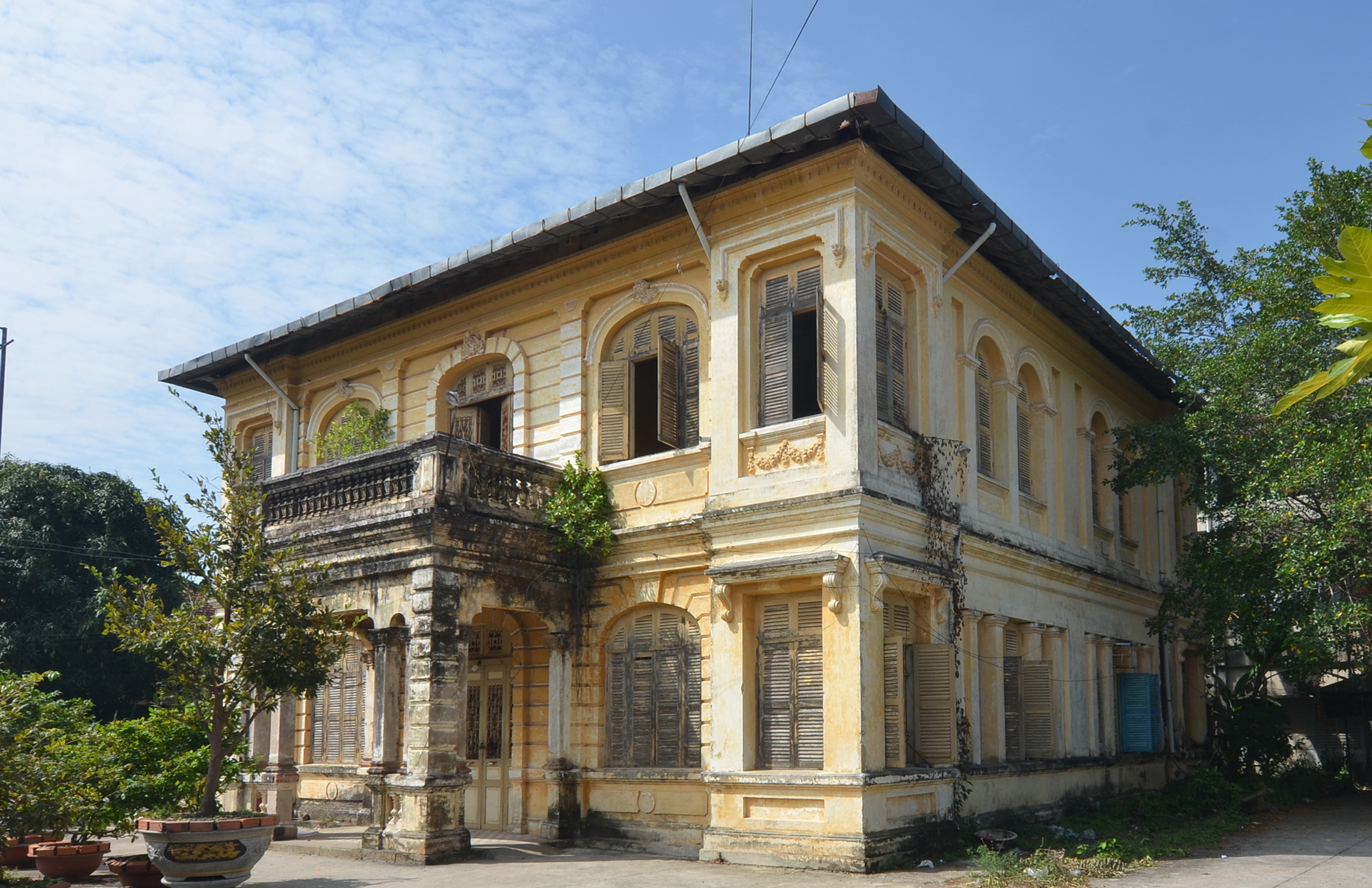
The house, according to locals, used to be the residence of Tran Ba Loc.
Although it has existed for 125 years, the paint color and architecture are still prominent. Only the steps are covered with black moss. Surrounding the tomb are 12 pillars about 60 cm high, connected by a large iron chain. On the 4 sides of the tower are 4 stone slabs with information related to the person in the tomb in a mixture of French and Vietnamese. The main stone slab reads: "Emmanuel Tran Ba Loc, Governor of Thuan Khanh". Below are small, faded lines of text that are very difficult to read, such as "Member of the Supreme Council of Indochina, Legion of Honor. Born in Cu Lao January, February 1839. Died in Cai Be on October 26, 1899".
Another stone tablet specifically records the positions he held during his time as a lackey for the French for nearly 40 years (from 1861 to 1899). Starting from a lowly soldier, he was promoted to a captain and team leader in Cho Gao and My Tho. Thanks to his great contributions in the campaigns to suppress the uprising in the South, Tran Ba Loc was promoted to district chief, then prefect of Kien Phong, governor of Cai Be, governor of Thuan Khanh and finally a member of the Supreme Council of Indochina.
On the remaining stone slab are recorded details of the dense "campaigns" that the person involved participated in, such as the battles of My Tho (1861 - 1865), Vinh Long, Cam Bot (Cambodia - 1867), Sa Dec - Can Lo, Rach Gia (1868), Cai Lay (1870), Tra Vinh (1872), Tan An - My Tho - Go Cong (1875), My Tho (1878), Trabec Tan An (1883), Thap Muoi (1885 - 1886), Binh Thuan - Khanh Hoa (1886) and Phu Yen (1887).
Comparing the above timelines shows that Tran Ba Loc participated in suppressing the uprising of Thien Ho Duong in Dong Thap Muoi, capturing Nguyen Trung Truc in Phu Quoc, suppressing the uprising of Tu Kiet in Cai Lay and Thu Khoa Huan in My Tho. Tran Ba Loc even brought troops to Binh Thuan, Khanh Hoa, Phu Yen ... to participate in suppressing the uprising.
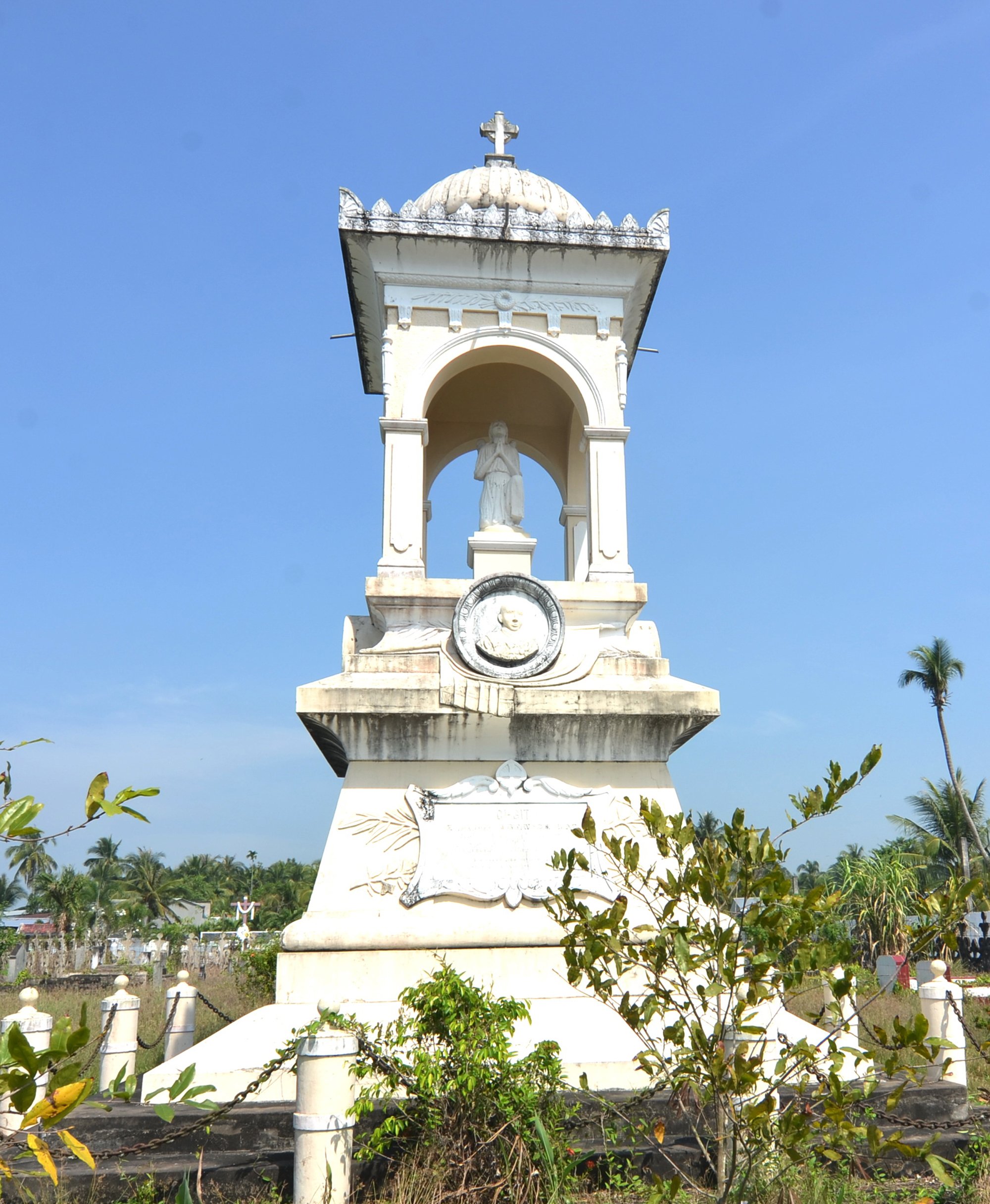
Front of Tran Ba Loc's tomb
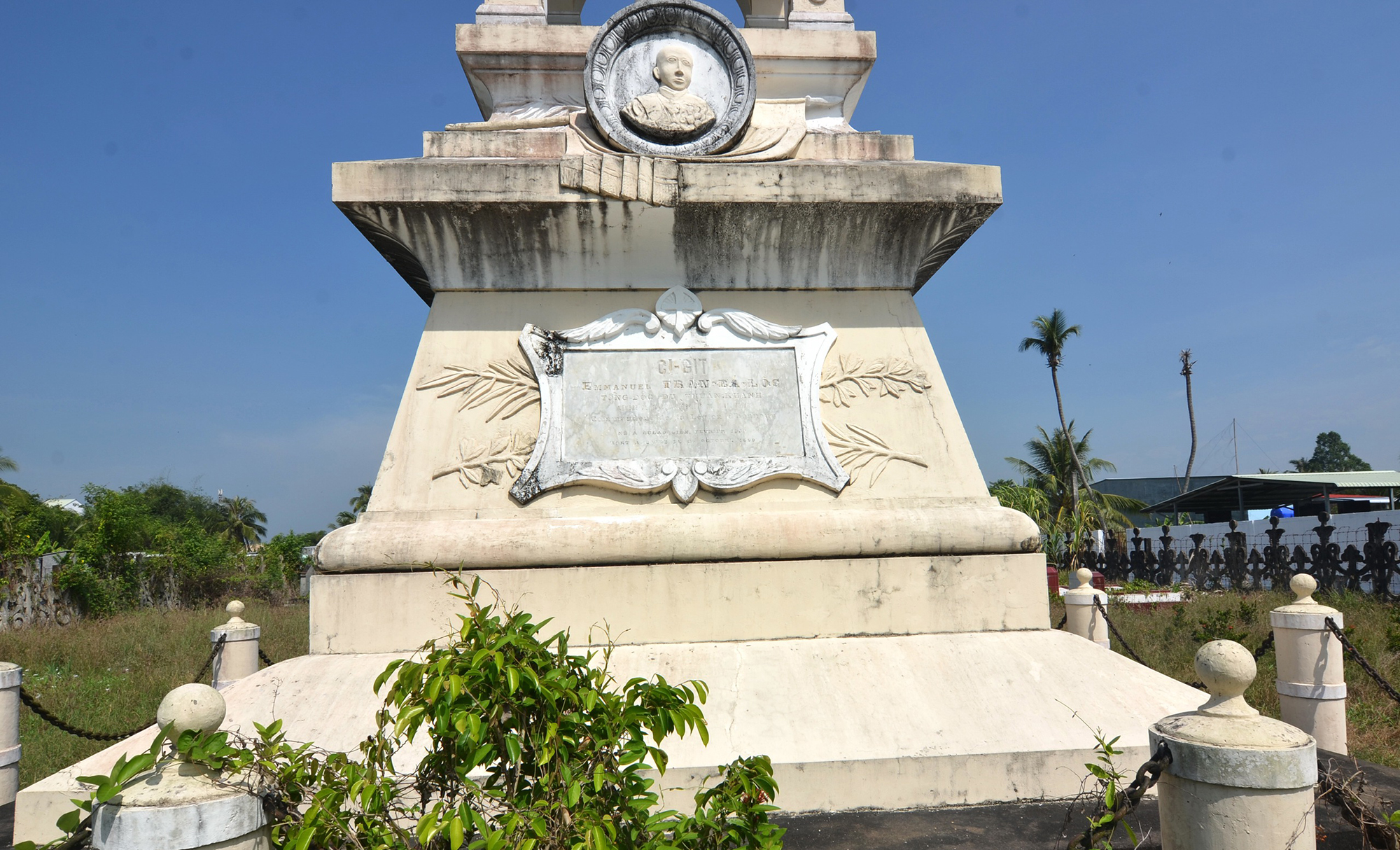
A CHARACTER DEVOTED TO THE FRANCE
In his later years, Tran Ba Loc had the merit of building a number of roads in Cai Be and digging a canal system about 100 km long, including a canal nearly 47 km long, 10 m wide, across Dong Thap Muoi from Thien Ho area to Ba Beo canal (Tan Phuoc district, Tien Giang now) to carry water, discharge alum, serve agricultural production and ship traffic. Inaugurated on June 27, 1897 and named Tong Doc Loc canal. In 1947, the Viet Minh government changed it back to Nguyen Van Tiep canal. During Ngo Dinh Diem's time, it was changed to Thap Muoi canal. After 1975, it returned to Nguyen Van Tiep canal, the name of the Chairman of the Resistance Administrative Committee of My Tho province.
However, compared to his crimes, Tran Ba Loc's merits were very small. In Saigon in the past , scholar Vuong Hong Sen wrote at length about Tran Ba Loc but was vague, not mentioning his name: "Among the characters who were born early, bowing to serve the French, the most notable were Ton Tho Tuong, Huynh Cong Tan... The others were also pushed by the times. I only recorded the fiery characters, but temporarily hid their names."
"The first man was a soldier, then promoted to district chief, prefect, and then retired with the rank of "governor". His grave is now in My Tho province. He was a Catholic, because he hated King Tu Duc for persecuting his religion, so he helped the French early and made many great achievements, but when he was old, he was abandoned by the French. This character once, together with the character Nguyen Than, notorious in the Central region, both played the role of defeating Mai Xuan Thuong in Binh Dinh region".
Regarding Tran Ba Loc's cruel methods, Mr. Sen wrote: "He captured his opponent, but he refused to imprison him, but only beheaded him according to military orders: he chopped people like chopping bananas. To deal with enemy soldiers who did not surrender, Loc ordered his parents, wife and children to be shackled and imprisoned. On the one hand, he announced that within a certain number of days he had to surrender, otherwise his parents and wife would be beheaded. After defeating the enemy, he was promoted to governor and awarded the third-class Legion of Honor, but when the fierce birds were gone, the slingshots were hung on the wall, and the French were afraid so they did not use them anymore. In 1899, Governor-General of Indochina Paul Doumer personally visited the house, but he was already near the land, but only a few months later he died. Strangely, the last words of the moon were to bury him standing up."
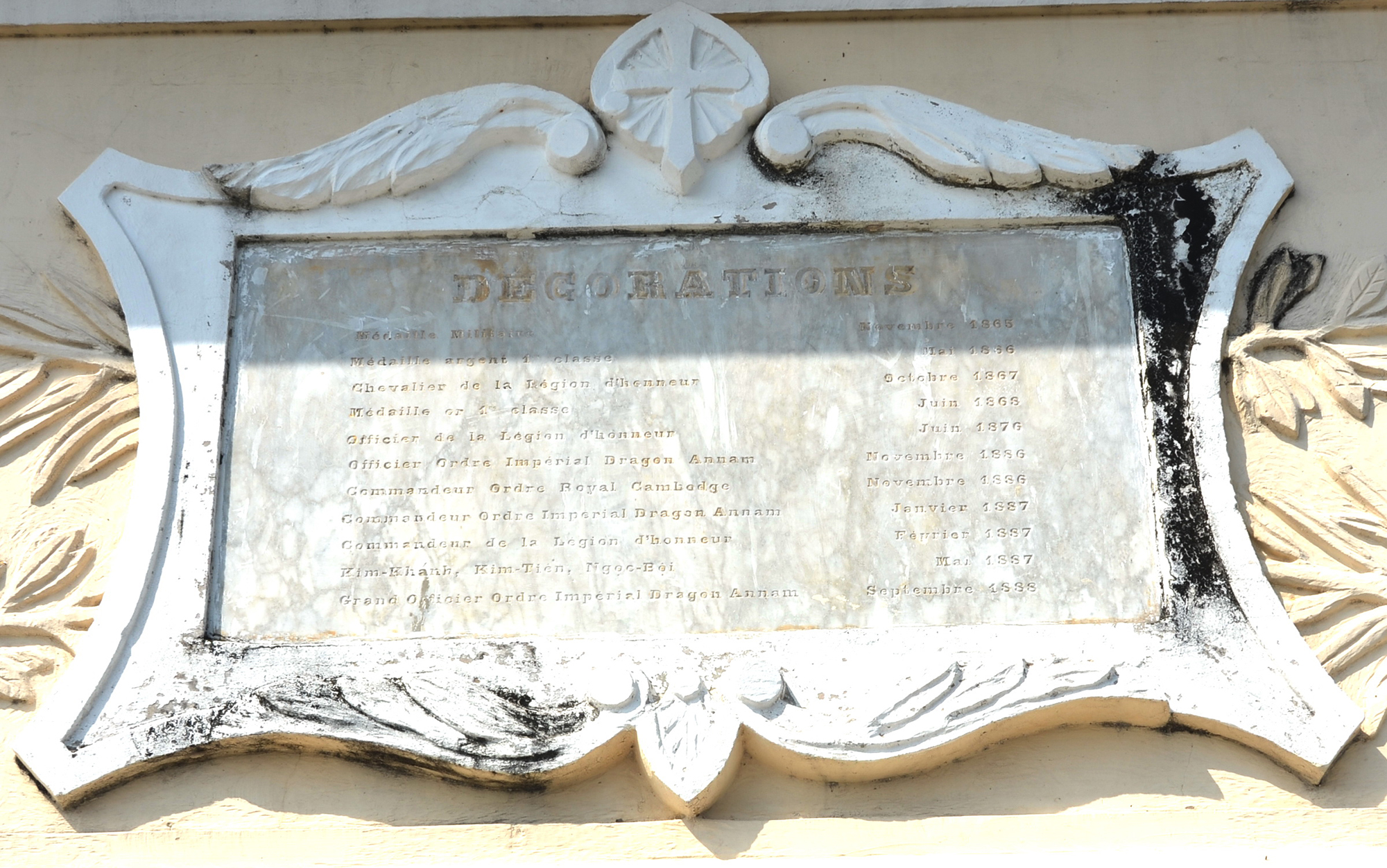
Stone tablet listing the awards given to Tran Ba Loc by the colonial government
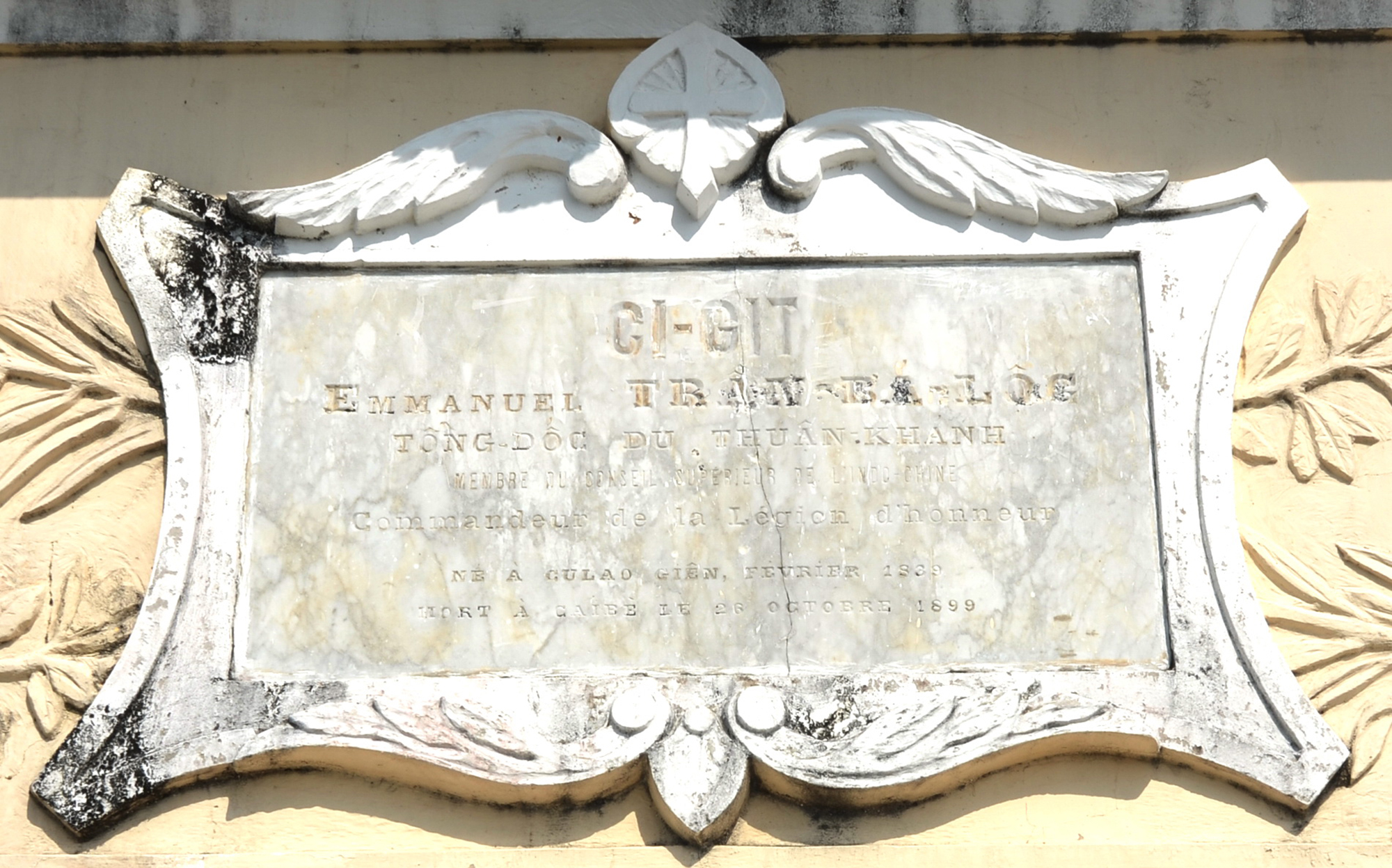
Stone slab on the main face of Tran Ba Loc's tomb
In his memoir Indochina , Governor-General Paul Doumer wrote about Tran Ba Loc: "Tall, thin, with an intelligent and resolute face, expressing will and power, Governor Loc gave us the impression of a man with a strong personality. He was among the natives who followed the French right after we landed in Saigon... He participated in the fiercest battles, was wounded many times, and was awarded the Military Merit Medal and the Legion of Honor...".
In Cochinchina and the Eastern Provinces , JCBaurac described Tran Ba Loc: "Tall, slim figure, elegant but somewhat fierce face, no beard, thin lips, bald, wide forehead, nose with little Annamese features, quite long neck, eyes that are scrutinizing and suspicious, always neat in different costumes, majestic gait. Governor Loc made all Europeans who approached him feel respect, respect expressed by fear and terror in the natives". (continued)
Source link




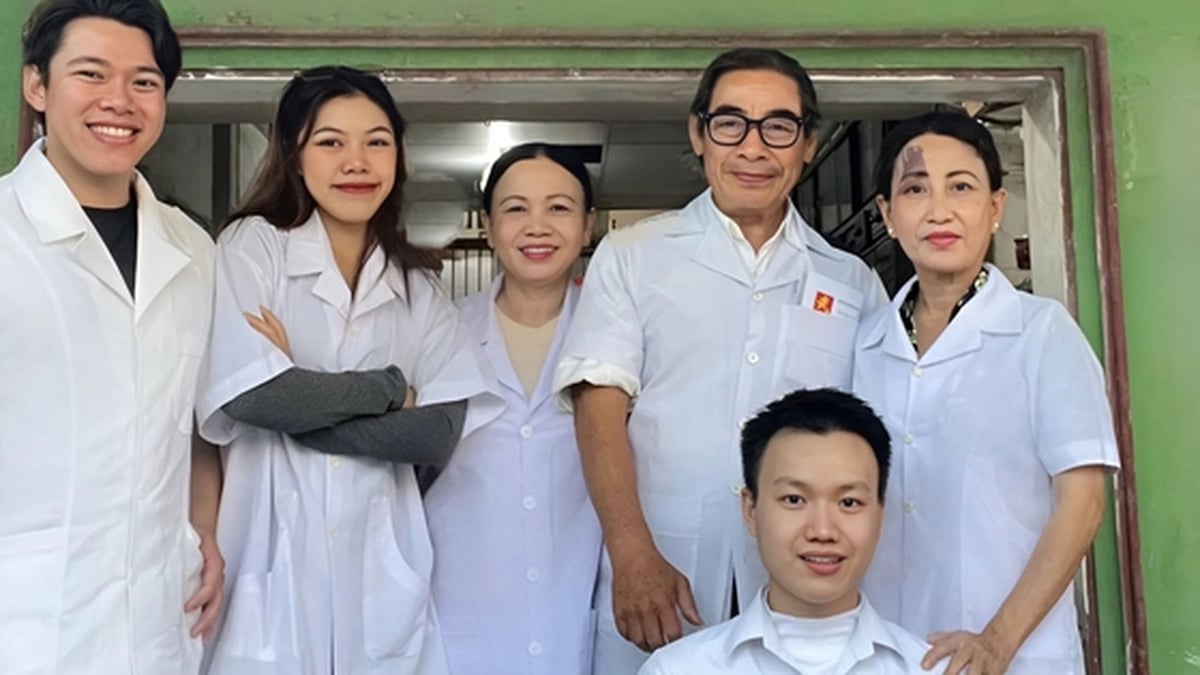

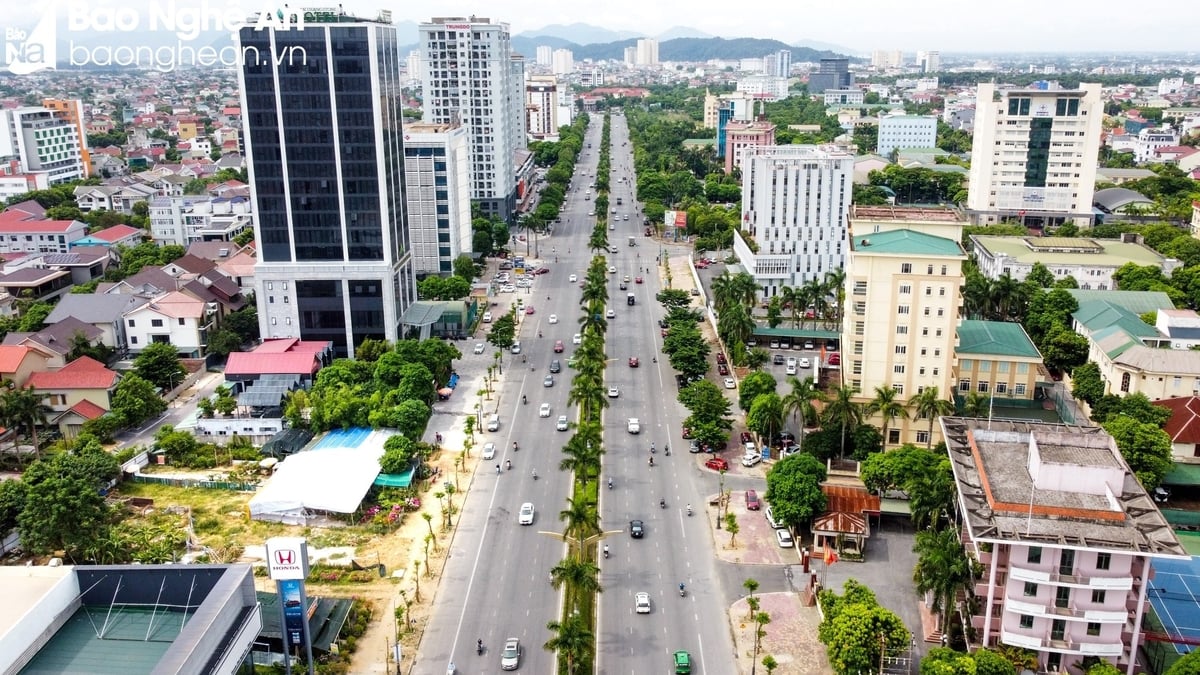
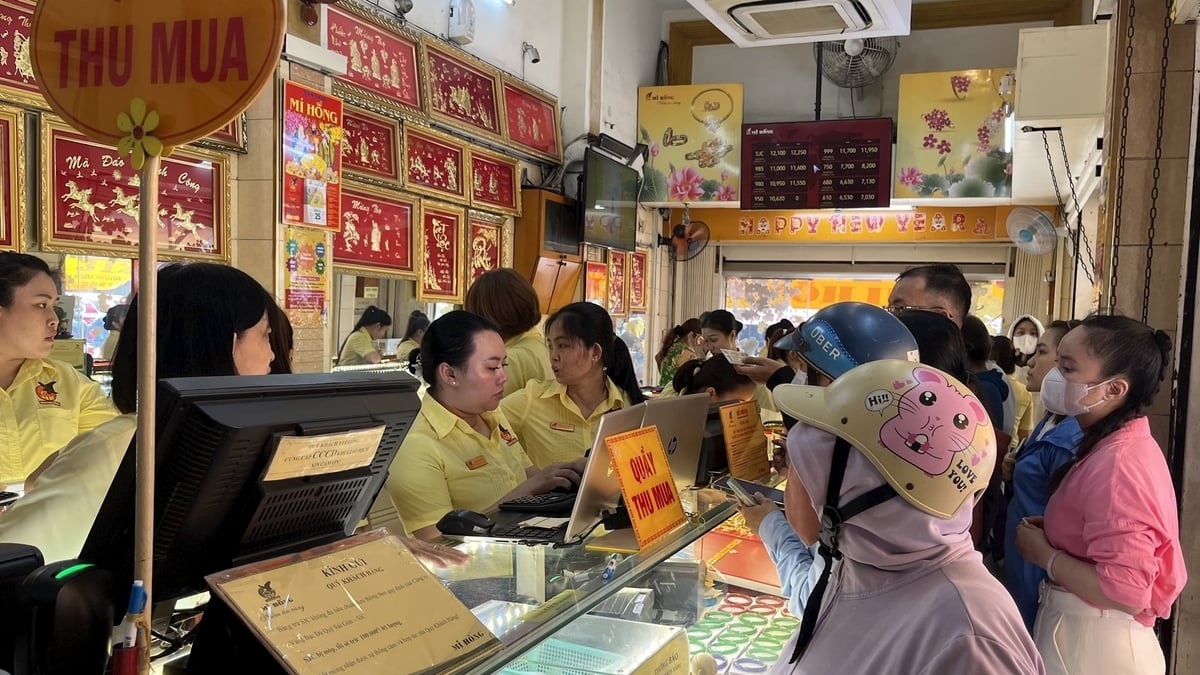
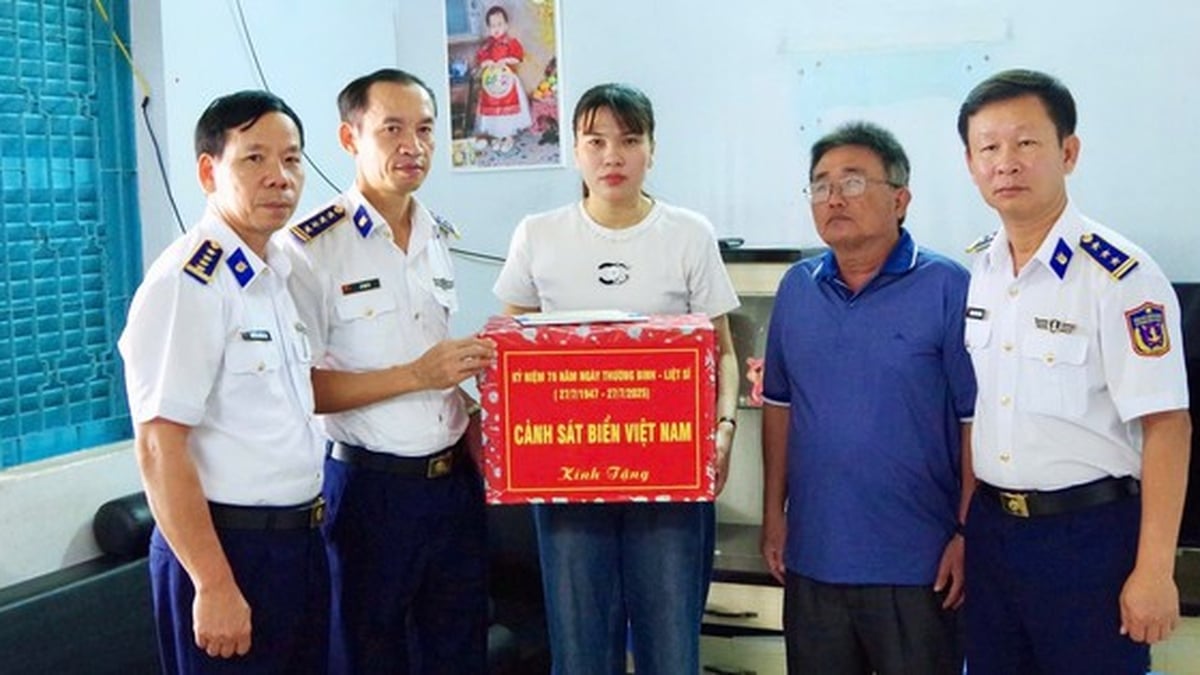























































































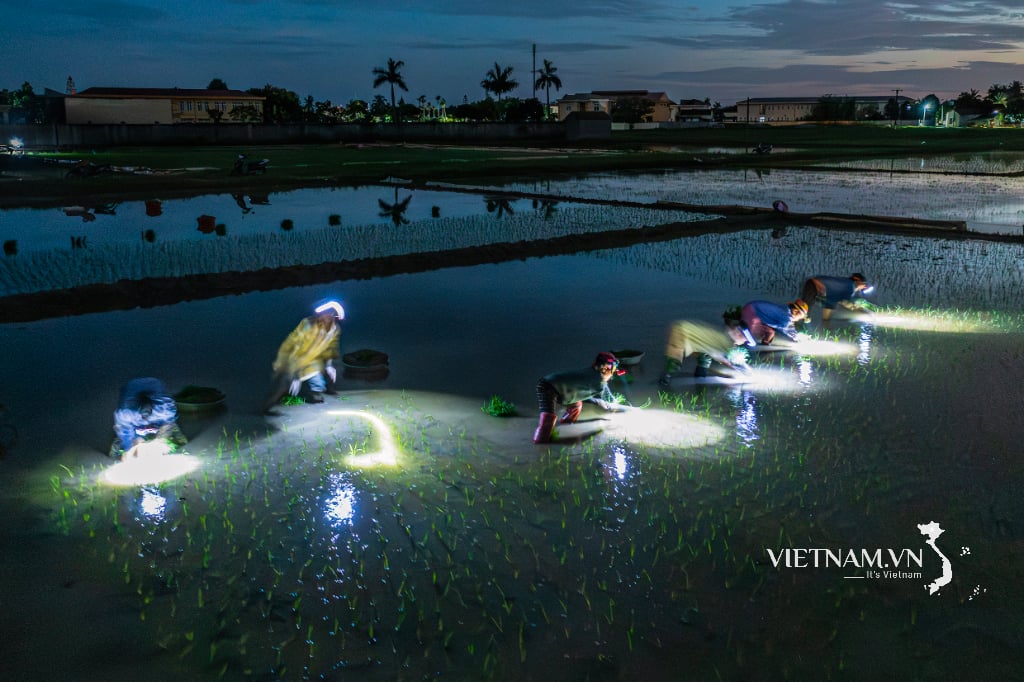

Comment (0)